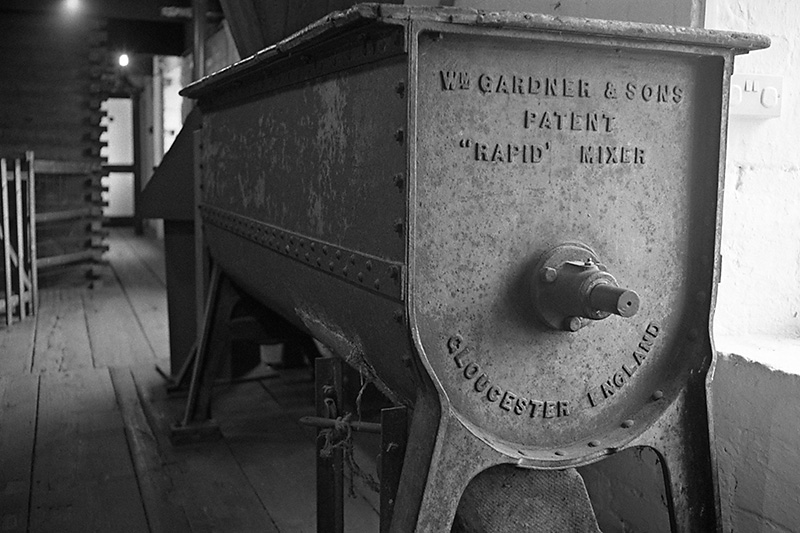Jim, Thanks.
Yes, I'm looking forward to going back for a couple of days to see what I can make of it. The whole mill is spread over 4 floors and runs from two water wheels. The newer wheel produces just of 57 Kw at 125rpm. The trust that runs it has recently installed an electricity generator on one of the turbines, so the whole place is now self si=ufficient for electricity, but all the machinery is still run by belts and pulleys from the water turbines.
Asher, This was shot on 35mm with the Ikon, using the 50 C Sonnar lens I think. I'd realy like to shoot the project on film (format undecided at present), however the whole building is in ontinuous vibration and so I may need to work handheld - which will lead me straight to the dslr for image stabilisation and higher iso. I'll see how it pans out when I go back - probably in May.
Mike


